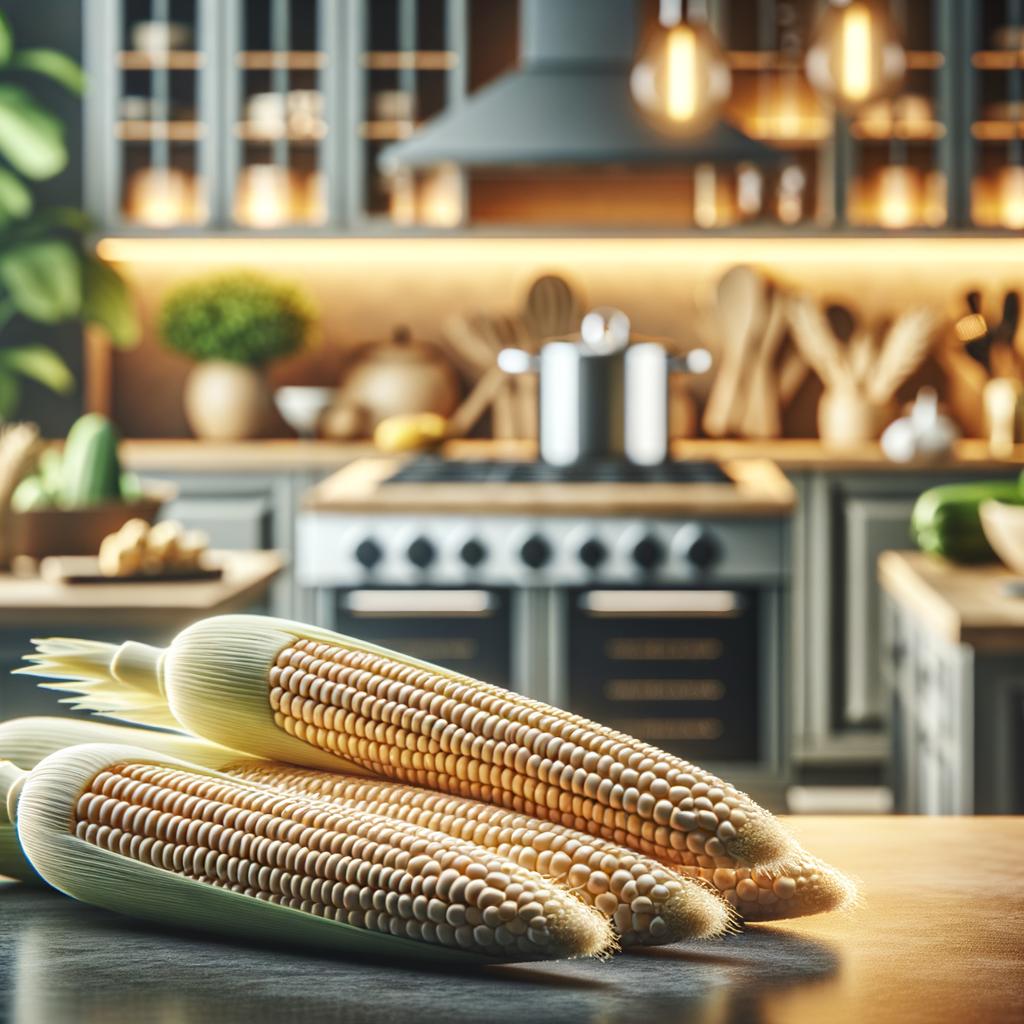Maize

Description
Maize, more commonly known as corn, is a staple grain that has woven its way into the fabric of countless cultures across the globe. It is an ingredient that presents itself in a myriad of forms, from the golden kernels we often see adorning our dinner tables, to the dried, ground meal used in an array of culinary delights. The kernels are plump and vibrant, bursting with a sweet and earthy flavor upon the first bite. The texture varies from the crispness of fresh corn to the soft, creamy consistency of cooked kernels. What sets maize apart from other grains is its versatility and its ability to transform, both physically and in flavor, under different cooking methods.
Primary Uses
Maize is not just a food ingredient, it's a culinary chameleon. It can be found in a multitude of dishes, from the fluffy, comforting cornbread of Southern American cuisine, to the tortillas that form the backbone of Mexican gastronomy. It's also used in beverages, like the traditional Chicha Morada of Peru. Beyond its culinary uses, maize has also played a significant role in various cultures. For instance, in Native American traditions, maize is often used in ceremonies and is considered a gift from the gods.
History
The story of maize is as rich and varied as its uses. It was first domesticated by the indigenous peoples of Mexico around 10,000 years ago, and from there, it spread across the Americas, transforming societies and landscapes as it went. The grain has a romantic history, often associated with tales of survival and prosperity. One Native American legend tells of how corn, beans, and squash - the "Three Sisters" - were gifts from the gods, each one protecting and supporting the other, just like real sisters. Over time, maize has not lost its luster, but instead, its popularity has exploded across the globe, making it one of the most consumed grains today.
Nutritional Information
Maize is not only delicious but also packs a nutritional punch. It's rich in fiber and provides a good amount of the B vitamins thiamin and folate, as well as the minerals magnesium and phosphorus. It's also a source of antioxidants, like lutein and zeaxanthin, which promote eye health. However, like all foods, it should be consumed in moderation as it is high in carbohydrates. When compared to similar grains like wheat or rice, maize stands out with its higher fiber content and lower glycemic index, making it a healthier choice for maintaining blood sugar levels.
The story of maize is a testament to its resilience, adaptability, and unrivaled culinary potential. It's a grain that has fed nations, shaped cultures, and continues to delight our taste buds in countless delicious ways.

